
Adansonia digitata
(MRP Inclusive of all taxes)
- Shipping ₹79 for entire order
- Dispatch in 7 days
- Country of origin: India

(MRP Inclusive of all taxes)
 Save 29%
Save 29%
Air Purifier Money Plant with Pot The Air Purifier Money Plant, also known as Pothos or Epipremnum aureum, is a stunning indoor plant that...
View full details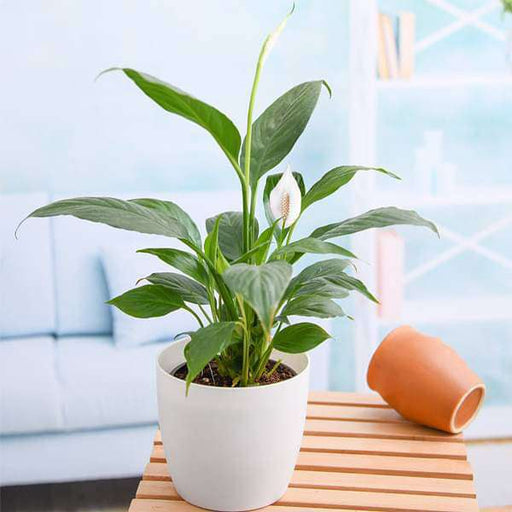
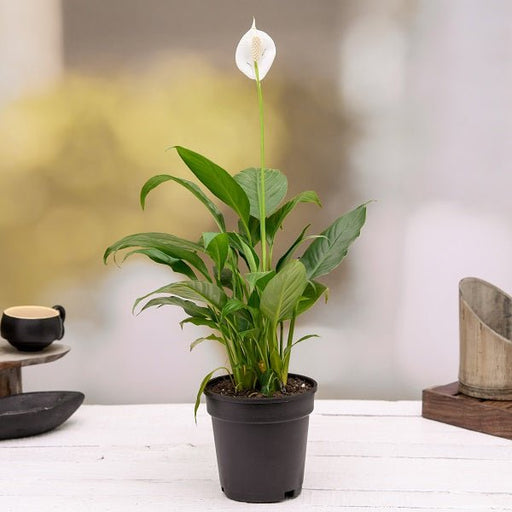 Save up to 15%
Save up to 15%
Peace Lily, Spathiphyllum - Plant The Peace Lily, scientifically known as Spathiphyllum, is a stunning houseplant celebrated for its elegant white...
View full details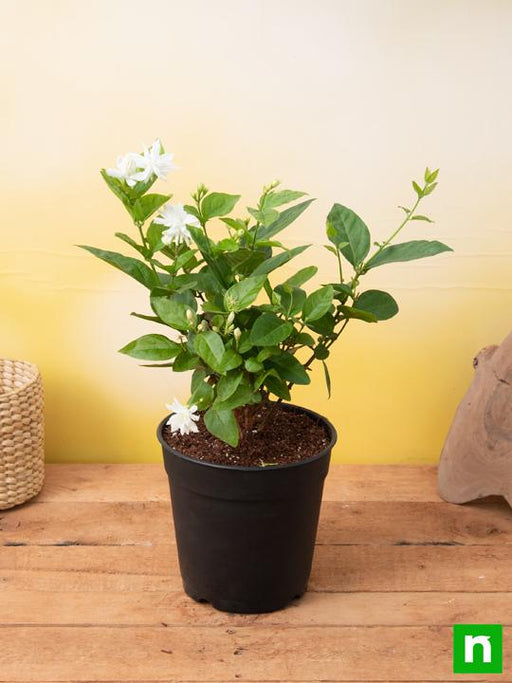
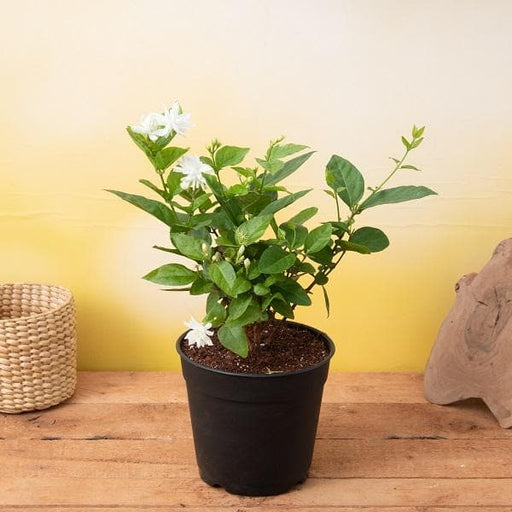 Save 25%
Save 25%
Jasminum sambac, Mogra, Arabian Jasmine - Plant Jasminum sambac, commonly known as Mogra or Arabian Jasmine, is a fragrant flowering plant...
View full details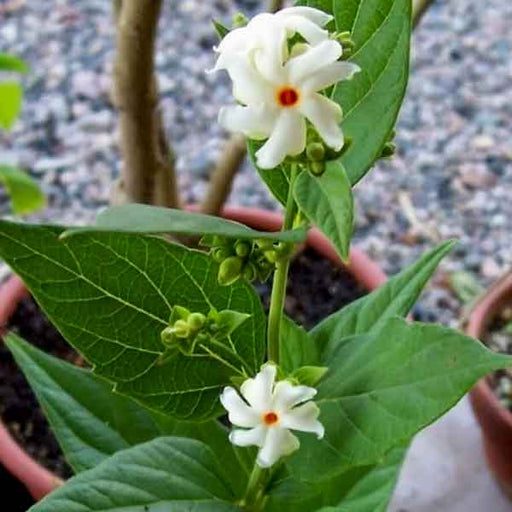
 Save 18%
Save 18%
Combo Constituents Includes the Parijat Tree (Night-Flowering Jasmine), a culturally significant plant with fragrant flowers. Description The Pari...
View full details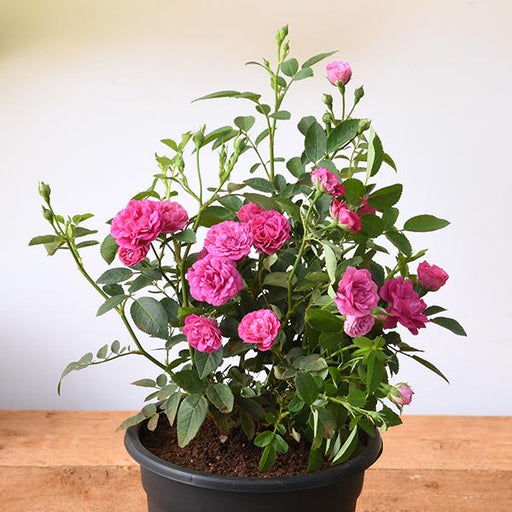
 Save 25%
Save 25%
Miniature Rose, Button Rose (Any Color) - Plant The Miniature Rose, also known as the Button Rose, is a charming and compact flowering plant that ...
View full details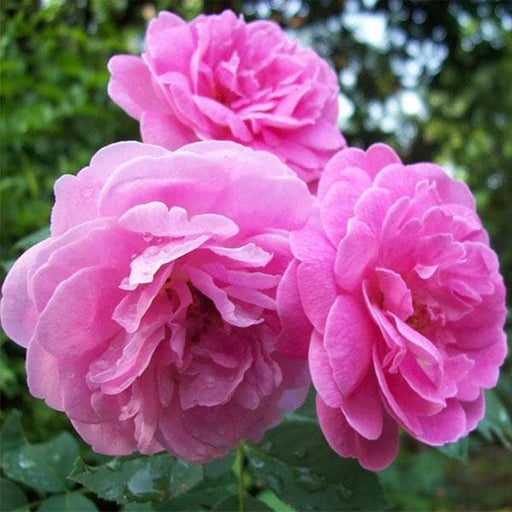 Save 25%
Save 25%
Damascus Rose, Scented Rose (Any Color) - Plant The Damascus Rose, also known as Rosa damascena, is a timeless symbol of beauty and romanc...
View full details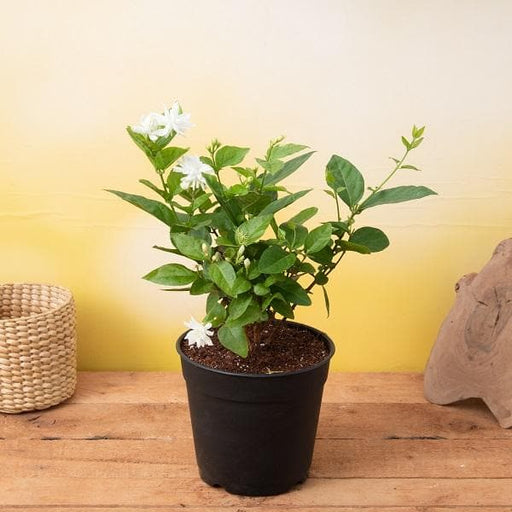
 Save 17%
Save 17%
Beautiful Fragrant Mogra, Arabian Jasmine Plant with Pot The Beautiful Fragrant Mogra, also known as Arabian Jasmine (Jasminum sambac), is...
View full details Save 15%
Save 15%
Pack of Vermicompost and Neem Cake for House Plants Transform your indoor garden with our premium Pack of Vermicompost and Neem Cake, spec...
View full details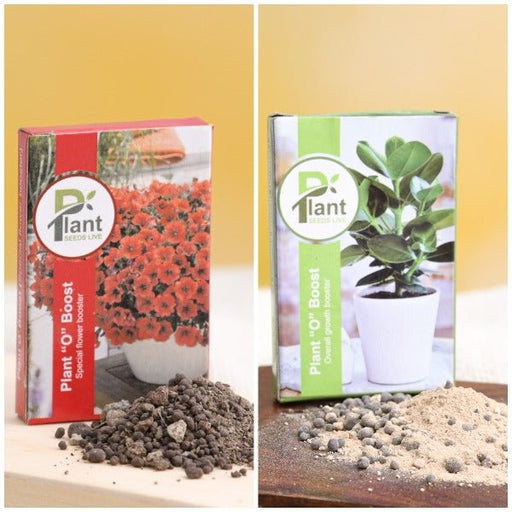
Pack of Plant Growth and Flower Boosters Unlock the full potential of your garden with our Pack of Plant Growth and Flower Boosters! This ...
View full details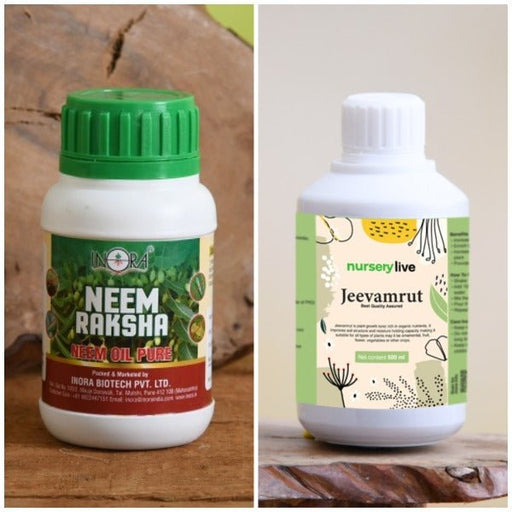 Save 38%
Save 38%
Combo of Jeevamrut and Neem Raksha for Easy Growth and Protection of Houseplants Transform your indoor garden with our exclusive combo of ...
View full details Save 22%
Save 22%
Plant Nutrients Kit (Pack of 16) for a Healthy Garden Transform your garden into a lush paradise with our Plant Nutrients Kit, featuring 1...
View full details Save 16%
Save 16%
Combo of Top Plant Fertilizers Elevate your gardening game with our exclusive Combo of Top Plant Fertilizers, featuring two bags of premiu...
View full details Save 24%
Save 24%
Pack of 4 Additives to Make Soil Healthy and Nutrient Rich Transform your garden into a thriving ecosystem with our Pack of 4 Additives de...
View full details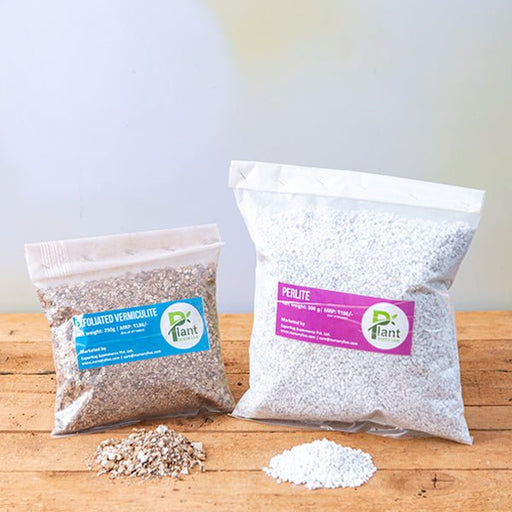 Save 30%
Save 30%
Transform your gardening experience with our premium Combo of Perlite and Vermiculite. This unique blend is designed to enhance soil aeration and ...
View full details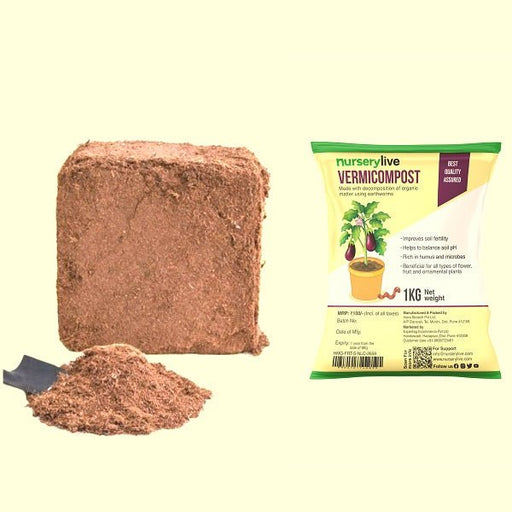 Save 27%
Save 27%
Combo of 2 Vermicompost and Cocopeat - Enrich Your Soil Naturally! Transform your garden into a thriving ecosystem with our Combo of 2 Ver...
View full details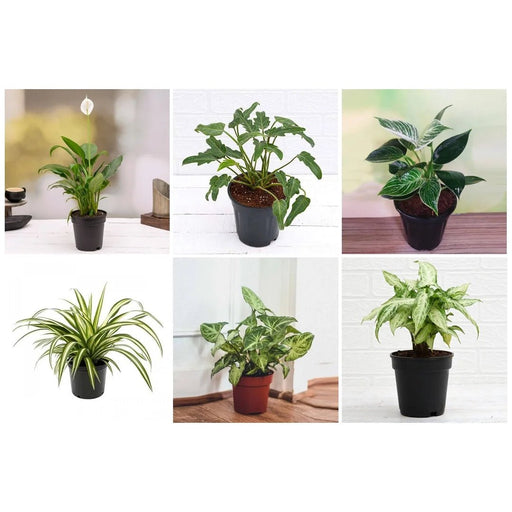
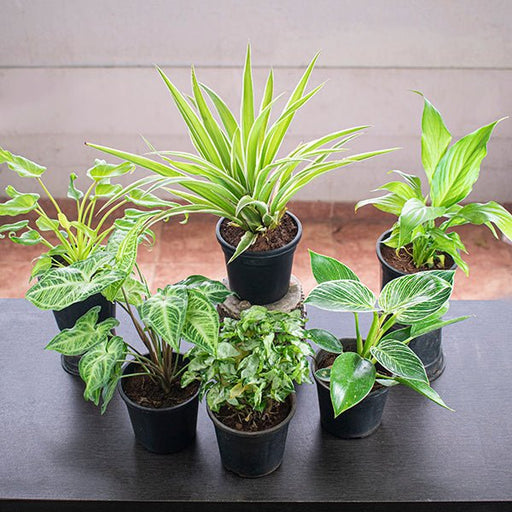 Save 35%
Save 35%
Best 6 Plants for Perfect Indoor Garden Transform your living space into a lush oasis with our curated collection of the Best 6 Plants for a...
View full details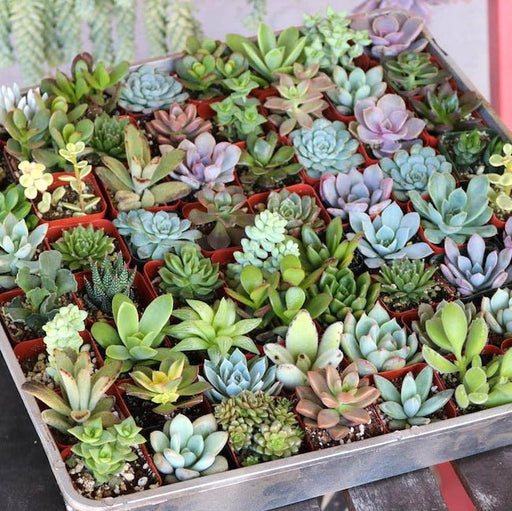
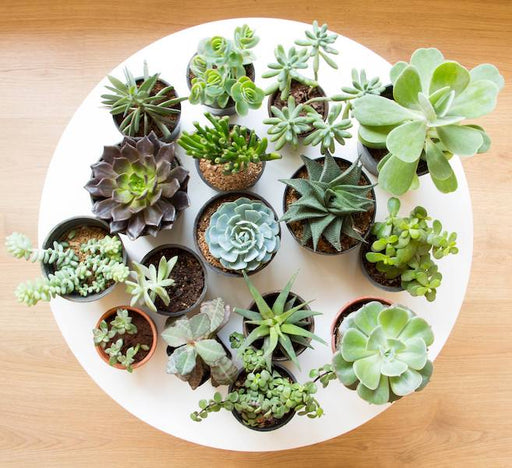 Save up to 50%
Save up to 50%
Mini Succulent Garden Pack Transform your space with our Mini Succulent Garden Pack, featuring a delightful collection of 4 any variety beautiful s...
View full details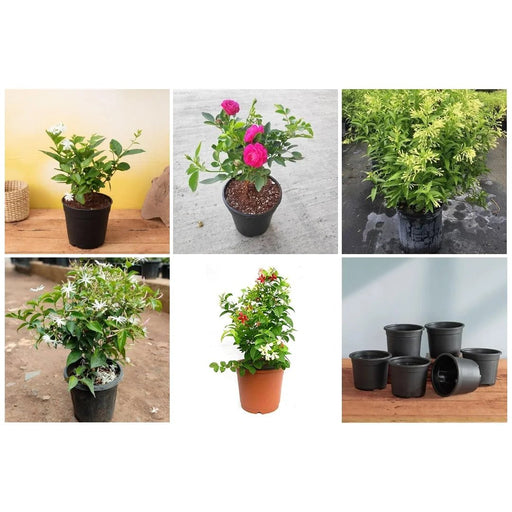
 Save 30%
Save 30%
5 Best Fragrant Plants Transform your garden or indoor space into a fragrant paradise with our curated selection of the 5 Best Fragrant Plants. Th...
View full details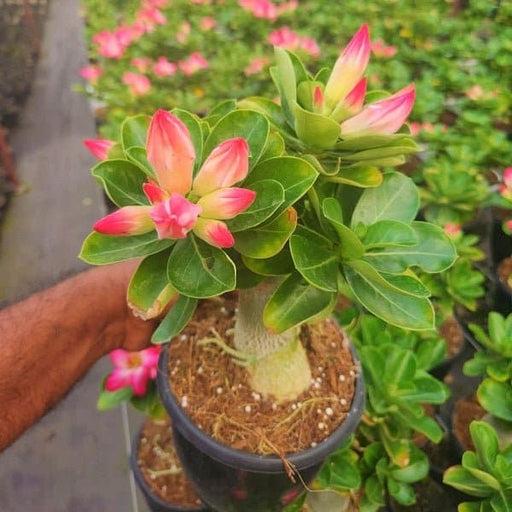
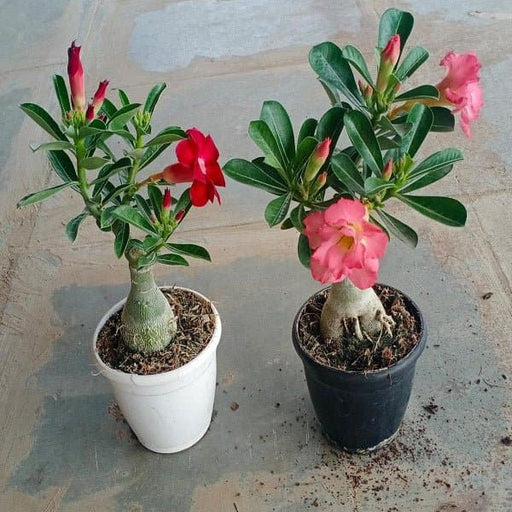 Save 24%
Save 24%
Set of 2 Bonsai Looking Grafted Adeniums Transform your indoor or outdoor space with our exquisite Set of 2 Bonsai Looking Grafted Adenium...
View full details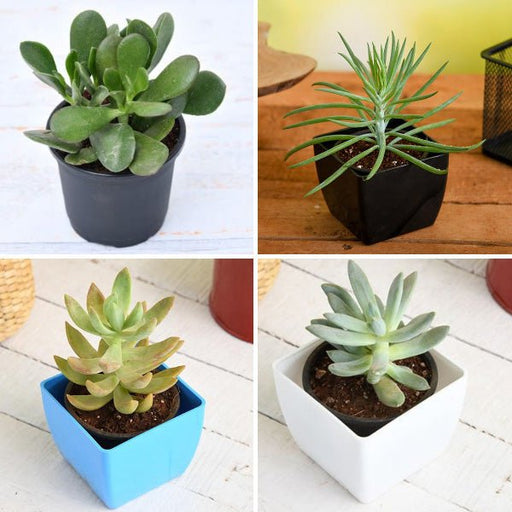 Save 45%
Save 45%
Top 4 Die Hard Succulents Pack Transform your indoor or outdoor space with our Top 4 Die Hard Succulents Pack, featuring a curated selecti...
View full details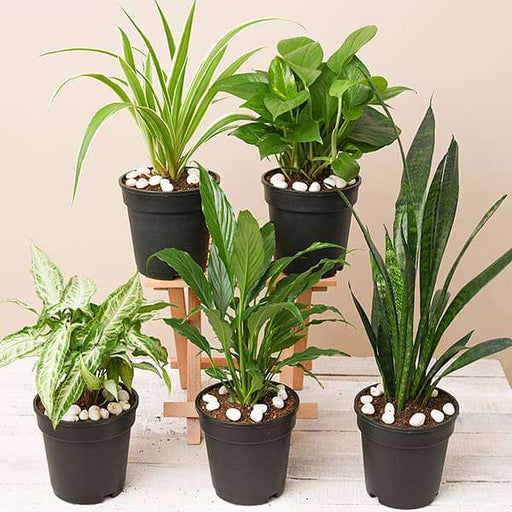
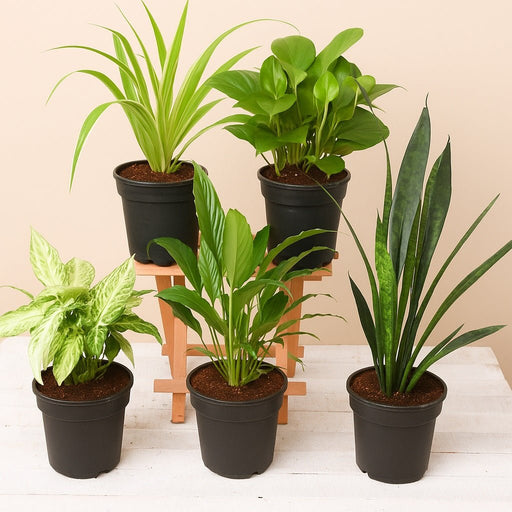 Save 30%
Save 30%
5 Best Indoor Plants Pack Transform your living space into a lush oasis with our '5 Best Indoor Plants Pack.' This carefully curated collection fe...
View full details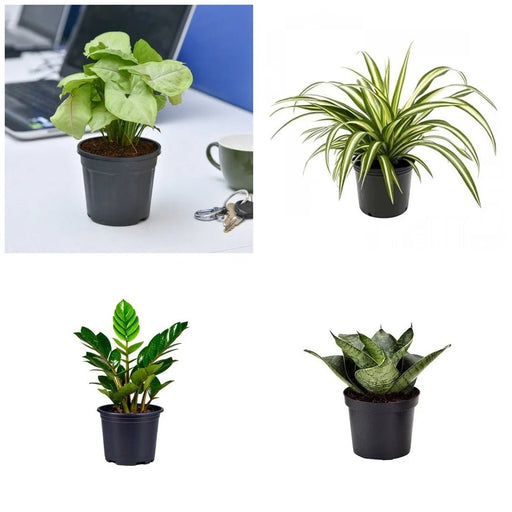
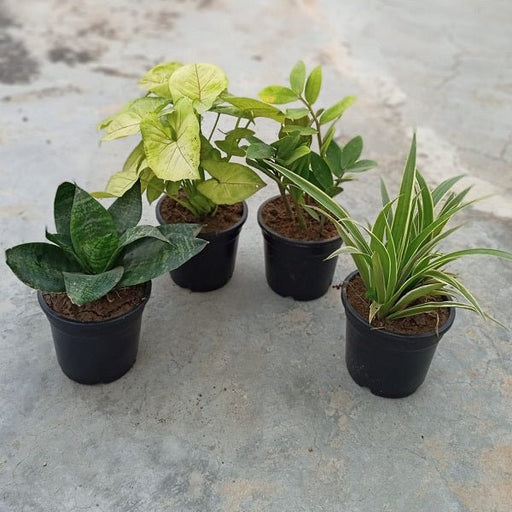 Save 25%
Save 25%
Set of 4 Evergreen Air Purifier Plant Pack Transform your indoor space into a lush, green oasis with our Set of 4 Evergreen Air Purifier Pla...
View full details| SrNo | Item Name |
|---|---|
| 1 | Adansonia digitata |
Adansonia digitata, commonly known as the Baobab tree, is a remarkable species native to the African savannah. Known for its distinctive, swollen trunk and longevity, this tree can live for over a thousand years. The Baobab is often referred to as the "Tree of Life" due to its ability to store water and provide sustenance in arid environments. Its fruit, rich in vitamin C, is a superfood that has gained popularity worldwide.
What makes the Baobab tree special is its unique ability to thrive in harsh climates, making it a symbol of resilience. Its striking appearance, with a trunk that can reach up to 30 feet in diameter, captures the imagination of many. Additionally, the Baobab's ecosystem supports various wildlife, providing shelter and food for numerous species, thus playing a crucial role in its environment.
The Baobab tree's special features include its nutrient-rich fruit, which is often used in health supplements and cosmetics. Its bark is also utilized for making ropes and textiles, showcasing the tree's versatility. Furthermore, the Baobab's ability to sequester carbon makes it an important ally in combating climate change.
The Adansonia digitata, or baobab tree, is not just a pretty face in the botanical world; it’s a veritable Swiss Army knife of benefits. From its nutrient-rich fruit that’s a superfood superstar to its bark that can be used for rope, this tree is the ultimate multitasker. It’s like the tree version of a celebrity chef who can also fix your car. The leaves are packed with vitamins, making them a favorite in traditional medicine. Plus, the tree’s ability to store water means it’s a drought-resistant wonder, perfect for those who forget to water their plants. So, if you’re looking for a tree that does it all, the Adansonia digitata is your go-to green companion.
the Adansonia digitata lounging in the sun, surrounded by the arid landscapes of Africa. This tree thrives in dry, savanna-like habitats, where it can show off its impressive trunk and iconic silhouette. It’s like the cool kid at school who stands out in a crowd. The baobab prefers well-drained soils and can often be found in areas that experience seasonal rainfall. It’s not picky about its neighbors, either, often growing alongside acacias and other hardy plants. So, if you’re planning a trip to Africa, keep your eyes peeled for this majestic tree, because it’s the life of the party in the wild!
the baobab tree has got your back!
If you’re looking for a tree that takes its sweet time, the Adansonia digitata is your guy. This slow-growing giant can take years to reach its full height, which can be up to 100 feet. It’s like that friend who takes forever to get ready but always looks fabulous when they finally show up. The growth rate can vary depending on the environment, but patience is key. Once established, it can live for over a thousand years, making it the Methuselah of the tree world. So, if you’re planting one, grab a chair and settle in for the long haul; this tree is in it for the long game!
The Adansonia digitata isn’t just a tree; it’s a cultural icon! In many African communities, this tree is steeped in folklore and tradition. It’s often referred to as the "Tree of Life" because of its myriad uses and the way it provides sustenance and shelter. Local legends abound, with tales of spirits residing within its massive trunk. It’s a gathering place for communities, a natural landmark that tells stories of generations past. So, when you see a baobab, remember it’s not just wood and leaves; it’s a living testament to the rich tapestry of human culture and history.
Want to grow your own Adansonia digitata? Get ready for a little adventure! Propagation can be done through seeds, but these aren’t your average seeds; they have a hard coat that requires some serious TLC. Soak them in water for a day or two, and then plant them in well-draining soil. It’s like giving them a spa day before they start their new life. Germination can take a while, so patience is essential. Once they sprout, they’ll need plenty of sunlight and a little love. Before you know it, you’ll have your very own baobab tree, ready to impress your friends with its majestic presence!
Pruning the Adansonia digitata is like giving your tree a stylish haircut. While it doesn’t require much maintenance, a little trim here and there can help maintain its shape and health. The best time to prune is during the dry season when the tree is less stressed. Just remember, don’t go overboard; you want to enhance its natural beauty, not turn it into a topiary disaster. Pruning can also help remove any dead or diseased branches, ensuring your tree stays healthy and happy. So, grab your pruning shears and channel your inner tree stylist; the baobab is ready for its close-up!
The fruit of the Adansonia digitata is like nature’s candy, but with a twist! Known as baobab fruit, it’s a hard-shelled pod that contains a tangy pulp packed with vitamin C and antioxidants. It’s often used in smoothies, jams, and even as a natural thickener in recipes. Imagine a fruit that’s both nutritious and delicious—what a concept! The flavor is a delightful mix of citrus and pear, making it a favorite among health enthusiasts. So, if you’re looking to add a superfood to your diet, look no further than the baobab fruit; it’s the tasty treat that’s good for you!
The Adansonia digitata is the grandparent of the tree world, boasting a lifespan that can exceed a thousand years. That’s right; this tree has seen more sunrises and sunsets than most of us will in a lifetime. It’s like the wise old sage of the forest, full of stories and wisdom. Its longevity is attributed to its ability to store water and withstand harsh conditions, making it a survivor in the wild. So, when you plant a baobab, you’re not just planting a tree; you’re planting a legacy that could outlive you and your great-great-grandchildren. Talk about a long-term investment!
The Adansonia digitata may be a tough tree, but it’s not invincible. Conservation efforts are crucial to ensure this magnificent species continues to thrive. Habitat loss, climate change, and overharvesting threaten its existence, making it a priority for environmentalists. Protecting the baobab means preserving not just a tree, but an entire ecosystem that relies on it. Community initiatives and sustainable practices are key to its survival. So, if you’re passionate about trees, consider supporting conservation efforts; after all, every baobab saved is a victory for nature and a step toward a greener future!
If you’re looking to make a statement in your garden, the Adansonia digitata is the ultimate showstopper. With its unique shape and massive trunk, it’s like the celebrity of the landscaping world. This tree can serve as a focal point, providing shade and a touch of exotic flair. It’s perfect for large spaces where it can spread its branches wide and bask in the sun. Just remember, it needs room to grow, so don’t try to squeeze it into a tiny backyard. With the right care, your baobab will be the envy of the neighborhood, turning heads and sparking conversations about its majestic beauty!
Adansonia digitata, commonly known as the baobab tree, is a majestic giant native to Africa. With its bulbous trunk and sprawling branches, it looks like nature's own upside-down tree. This quirky plant is not just a pretty face; it’s packed with nutrients and has been dubbed the "Tree of Life" for its many uses.
You can find Adansonia digitata primarily in the savannas and dry regions of Africa. It’s like the tree decided to throw a party in the hottest places! You might also spot it in Madagascar and Australia, where it’s been introduced. Just look for the tree that seems to be wearing its roots as a hat!
Adansonia digitata is a multitasker! Its fruit is rich in vitamin C, making it a superfood superstar. The leaves can be used in salads, and the bark is often turned into rope. Plus, it provides shade and shelter for wildlife. Talk about a tree that knows how to throw a benefit bash!
Adansonia digitata can reach impressive heights, typically growing between 16 to 30 meters tall. Some specimens have been known to stretch even higher, like they’re trying to tickle the clouds! With a trunk diameter of up to 10 meters, it’s the tree equivalent of a bodybuilder flexing at the gym.
While Adansonia digitata isn’t currently classified as endangered, it faces threats from deforestation and climate change. It’s like the tree is trying to survive in a world that’s not always friendly. Conservation efforts are crucial to ensure this iconic species continues to thrive and grace our landscapes for generations to come.
Adansonia digitata is the Methuselah of trees, often living for over a thousand years! Some even claim they can live up to 3,000 years. That’s a lot of birthdays! With such longevity, these trees have witnessed countless historical events, making them the ultimate storytellers of the plant kingdom.
The fruit of Adansonia digitata, known as baobab fruit, is a hard-shelled pod filled with a tangy, powdery pulp. It’s like nature’s candy, packed with flavor and nutrients! People often use it in smoothies, jams, and even as a natural remedy. Who knew a tree could be such a delicious overachiever
Growing Adansonia digitata at home is possible, but it requires a bit of patience and a sunny spot! These trees prefer well-drained soil and plenty of sunlight. Just remember, they can grow quite large, so make sure you have enough space for this botanical giant to stretch its limbs!
Adansonia digitata has been a staple in traditional medicine and culture. Its leaves are used in cooking, while the bark is woven into ropes and baskets. The fruit is often consumed for its health benefits. It’s like the Swiss Army knife of trees, providing food, shelter, and even a bit of fashion!
Adansonia digitata is a master of adaptation! It stores water in its trunk to survive droughts, making it look like a giant water bottle. Its thick bark protects it from fire and pests. This tree knows how to roll with the punches, proving that resilience is key in the wild!
Adansonia digitata is a popular hangout for various animals. Bats love to munch on its fruit, while birds often nest in its branches. Elephants are known to snack on its bark, making it a tree that’s always in demand. It’s like the social butterfly of the savanna, hosting a wildlife party!
Incorporating Adansonia digitata into your diet is easy! You can enjoy its fruit in smoothies, sprinkle the powder on yogurt, or use it in baking. The leaves can be added to salads or stews. With its tangy flavor and health benefits, it’s a delicious way to boost your nutrition while impressing your friends!